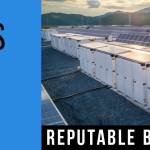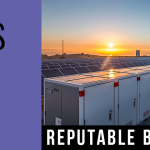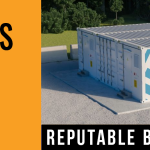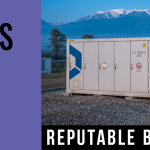
Last week’s Energy Storage Summit, held at the Victoria Park Plaza in London, brought together some of the biggest and best the industry has to offer.
The Energy-Storage.News team was on hand to document the event, picking out some key themes that emerged as the Summit entered its fifth year.
- Interest in non lithium-ion storage is there, but there are challenges ahead.
Whilst lithium-ion may have dominated many of the presentations and panel discussions at the two-day event, the signs of a growing appetite for non-lithium ion technology were certainly appearing. Talk turned to lithium-ion alternatives, and the longer duration and seasonal storage that often comes with it, in almost every panel discussion at the conference.
Across the conference, speakers agreed that storage may now be capable of solving intermittency as renewables come onto the grid, the big question is now to be seasonal storage, with hydrogen lauded as a possible solution by Manuel Baritaud, senior economist of the energy department of the European Investment Bank.
However, on a panel session dedicated to non lithium-ion technology, Gauthier Dupont, director of power business batteries at NGK Europe warned that cost competitiveness remains a huge challenge for alternative technology.
This, combined with a lack of visibility of new technologies and projects deployed by companies specialising in these technologies, means that lithium-ion alternatives are often overlooked, even when a technology might be better suited to that specific application, and funding difficult to secure.
Describing the discrepancy of R&D investment between lithium-ion and non lithium technologies as “a joke”, Dupont stressed the importance of access to investment and how partnerships are key to non lithium-ion storage.
“We have great technology, but we will not succeed alone,” DuPont said.
- Revenue stacking continues to de-risk projects for investors as more firms turn to co-location.
Revenue stacking is not a particularly new topic for the Energy Storage Summit, or for anyone making a profit – or attempting to make a profit – from energy storage.
However, greater weight is being given to the importance of projects having the agility to switch between multiple revenue streams, as well as the stacking of revenues through co-location with other low carbon technology, with the topic regularly acknowledged as one of the big enablers of storage throughout the event.
Access to a variety of markets, including frequency response, the UK’s Capacity Market and wholesale optimisation, was lauded as being what makes battery storage projects financially viable by EDF Energy’s director of energy solutions Vincent de Rul, adding that while it is a difficult market, “it is possible”.





